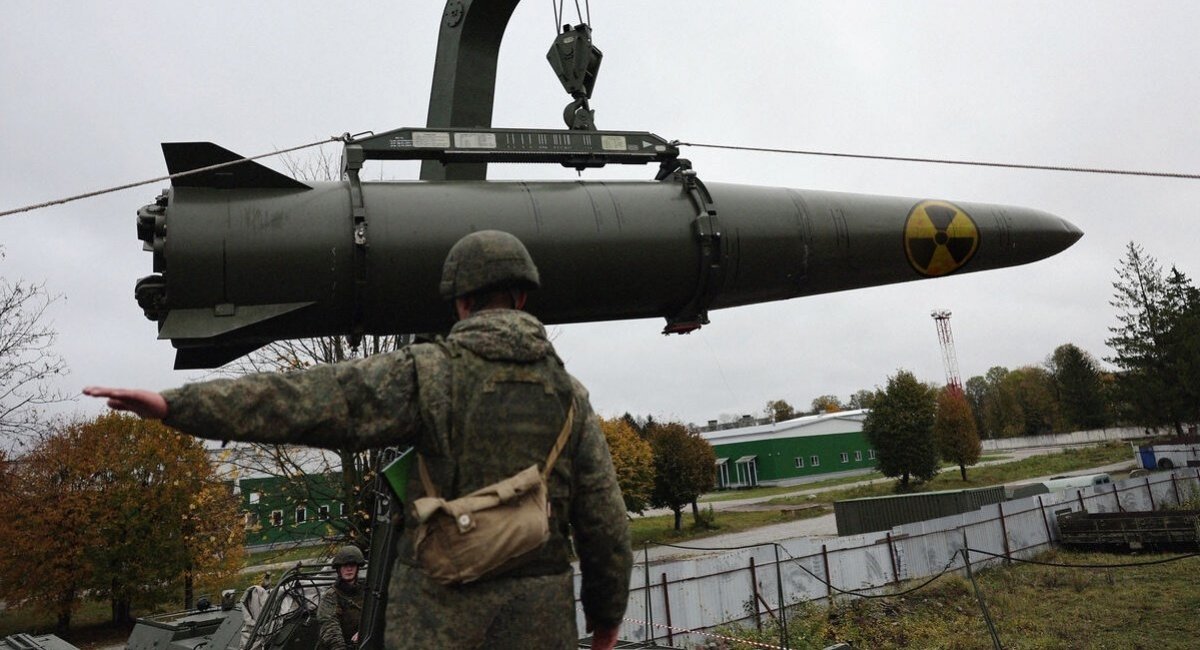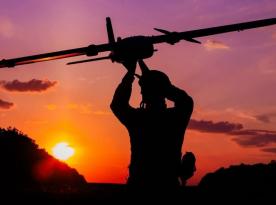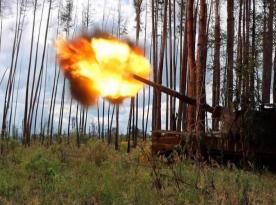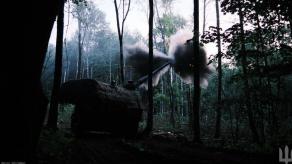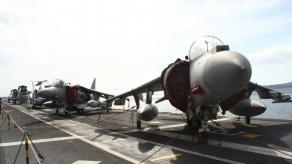Ministry of Defense of russia has announced military drills with the use of non-strategic nuclear weapons to take place at the missile forces of the Southern Military District; aviation and naval components will participate as well. Note, this military district is the one neighboring and encompassing the russian-occupied territories of Ukraine.
"The exercise is aimed at maintaining the readiness of the units' personnel and equipment for a combat use of non-strategic nuclear weapons in order to respond and to unconditionally ensure the territorial integrity and sovereignty of the russian state in response to the provocative statements and threats from certain Western officials against the russian federation," reads the statement from the russian defense department.
Read more: Andrzej Duda: Poland Is Ready to Host Nuclear Weapons on Its Territory
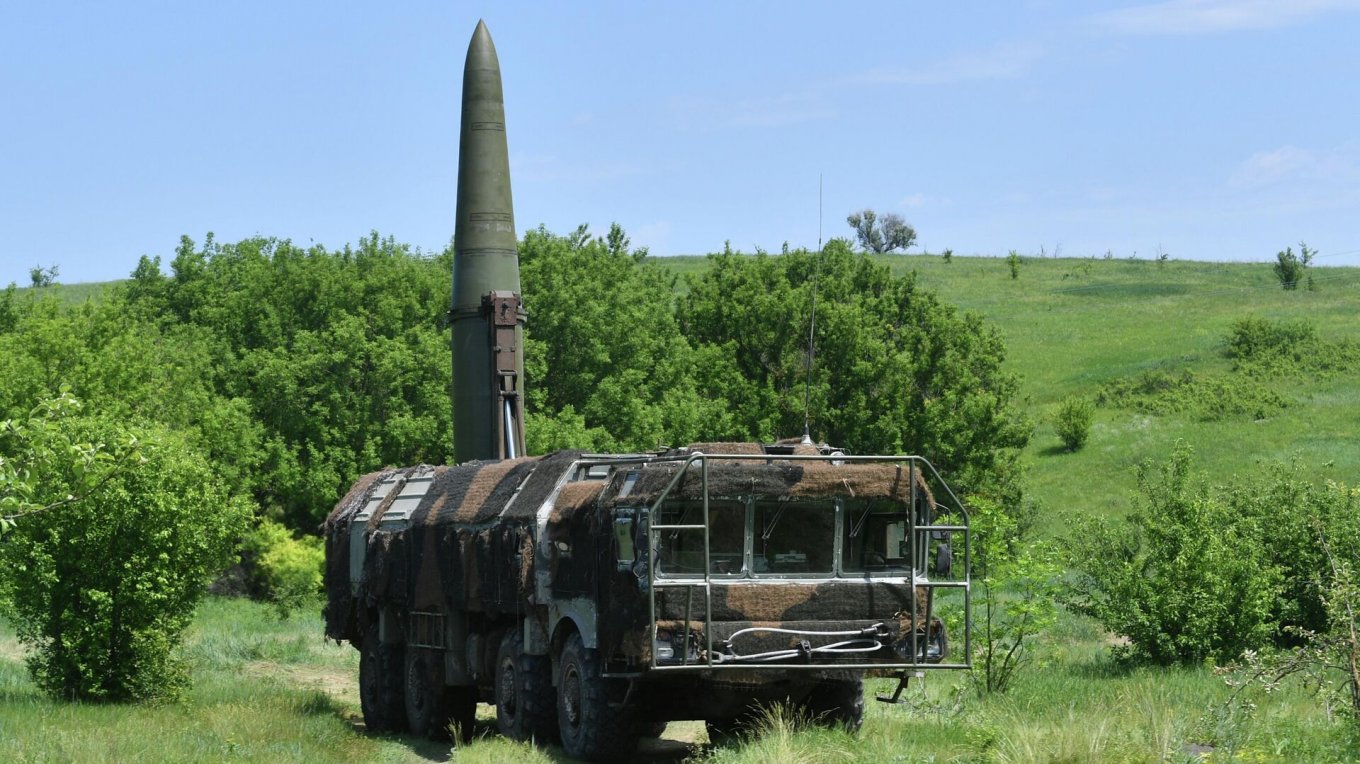
A Defense Express reminder: while strategic nuclear weapons are intended for nuclear deterrence and guaranteeing the complete destruction of the enemy, as a state, at intercontinental ranges; non-strategic, i.e. tactical nuclear weapons solve tasks of tactical and operational significance that arise on the battlefield and in the near-frontline area. Accordingly, the nuclear changes' firepower and means of delivery differ.
Although, when it comes to firepower, everything becomes not so clear. For instance, the nuclear warhead in the 9M723 missile deployed by the Iskander short-range ballistic missile system has a power estimated at 50 kiloton, while submarine-launched Bulava intercontinental ballistic missile produces an explosion of 100–150 kt, as per calculations. However, there are tactical nukes more powerful than strategic ones, like the warhead for Kh-22 missile with a 200-kt charge.
In the russian armed forces, the main standard carriers of tactical nuclear weapons are the mentioned Iskander SRBM system on wheeled chassis; it can launch both cruise and ballistic missiles with nuclear warheads. Analysts also assume the existence of nuclear warheads for P-800 Oniks anti-ship cruise missiles deployed by Bastion-P systems. Anti-aircraft missiles for the S-300 and S-400 systems could theoretically be among the ground-launched carriers of nuclear warheads.
The smallest nuclear charges are used by field artillery, and there are also special nuclear knapsacks used in the special operations forces.
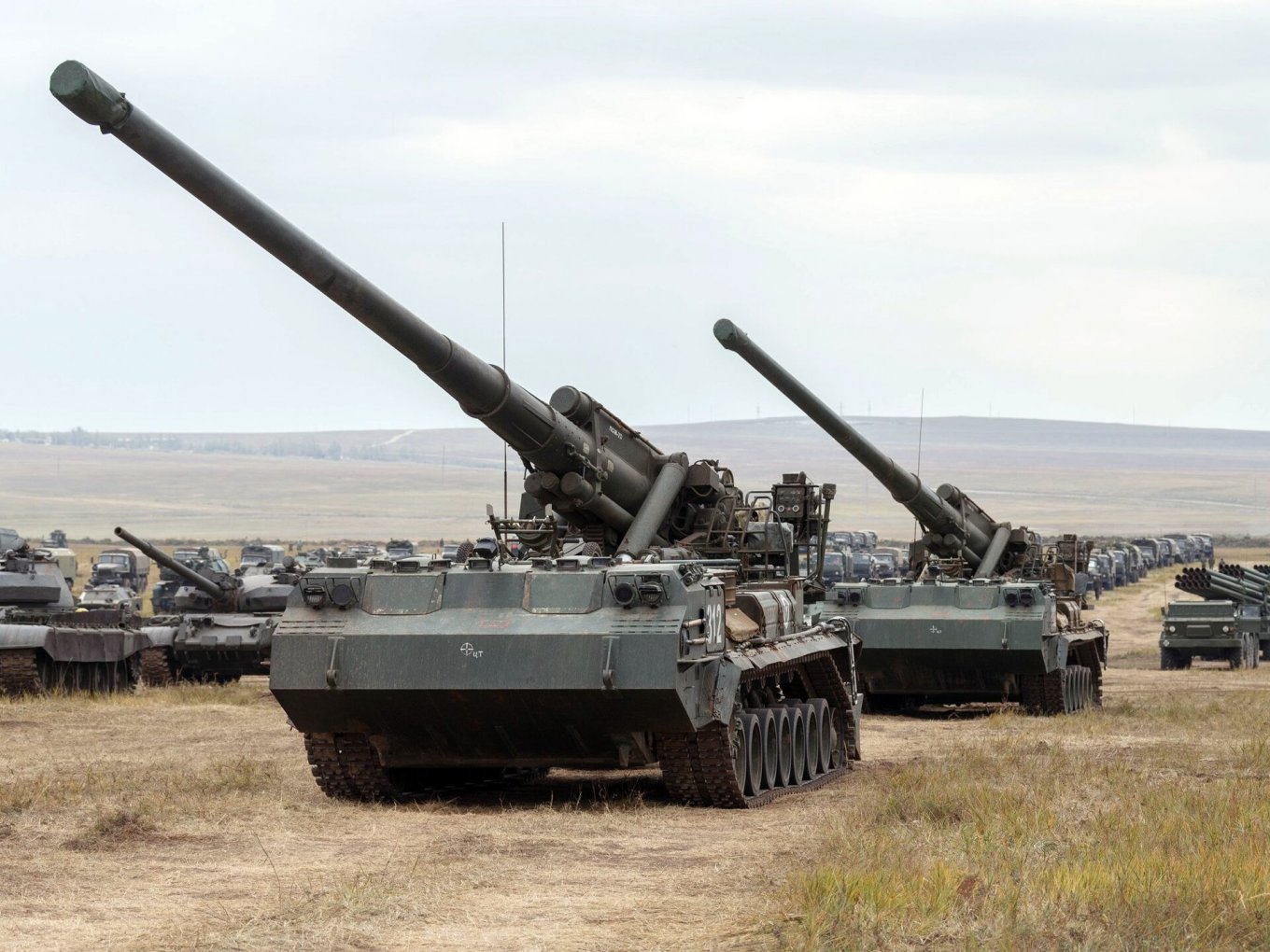
The naval component of tactical nukes includes torpedoes, anti-ship missiles, and cruise missiles with nuclear warheads. In the case of russia, there are the already mentioned Oniks anti-ship missiles and the Kalibr land attack cruise missiles.
As for the air component, the nuclear-charged Kh-55 and Kh-102 cruise missiles can well be used for operational-tactical level tasks, but generally they are still strategic weapons. Purely tactical are the nuclear version of Kh-22, Kh-32 cruise and Kh-47 Kinzhal air-launched ballistic missiles, as well as ordinary free-falling nuclear air bombs. The cruise missiles are deployed by Tu-160, Tu-22M3 strategic bombers, and the Kinzhal can only be launched from a MiG-31K interceptor aircraft.
Side note, this outline is not comprehensive and is meant to provide a brief look at the capabilities, not to list them all down.

An important point about the upcoming exercises in russia is that nuclear warheads are traditionally kept separately at special storage bases. And while the strategic nuclear weapons, for example, intercontinental ballistic missiles, are already kept fully equipped, then tactical carriers must first be fed with warheads.
In practical terms, it means that during these drills, theoretically, the russian personnel will be working out quite a long chain of procedures, from extracting special ammunition (mock-ups) from the storage base to their covert transportation and feed to the carrier missiles. At this stage, Western intelligence may not have a 100% guarantee that the inserted warheads are really practice dummies.
Thus, Ukraine and the whole world alongside it are now witnessing another escalatory step in russia's nuclear rhetoric. Though worth noting that the Kremlin has been especially active in using nuclear weapons as a means of intimidation since 2022. Back in the day, it prompted the USA to issue a warning that any use of nuclear weapons would have "catastrophic consequences" for the russian federation.
Another aspect to keep in mind is that this time, the declared reason for russia to resort to these threats was the alleged readiness of some NATO countries to deploy troops in Ukraine. But in its nuclear rhetoric, the Kremlin essentially uses the same blackmail tactics as suicide terrorists who threaten to blow everyone up with them:
"In this case, none of them can hide either on Capitol Hill, or in the Elysée Palace, or at 10 Downing Street. A world catastrophe will occur," writes on his social media Dmitry Medvedev, Deputy Chairman of the Security Council of the russian federation.
Read more: What If russia Explodes a Nuclear Bomb in Space and What Weapon Developments Could be Used For It



